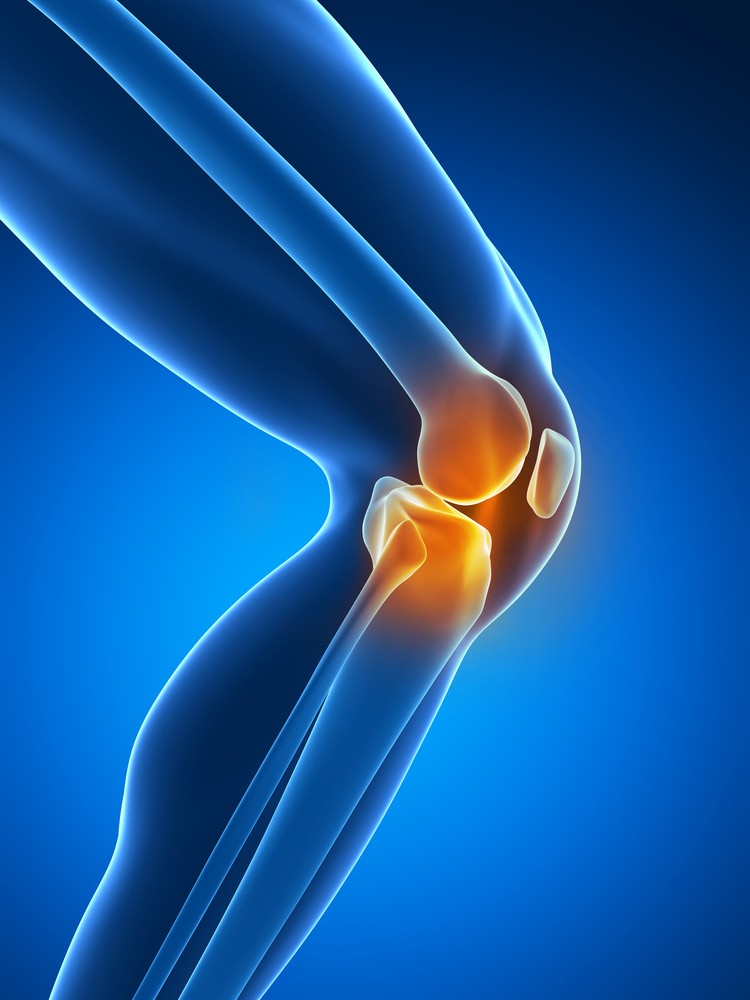 Following successful anterior cruciate ligament (ACL) reconstructive surgery, patients often continue to experience knee instability or “knee buckle” with activity. Originally thought to be a deficiency in strength or motor control, new literature suggests the existence of an additional ligament located at the anterior knee contributing to this phenomenon.
Following successful anterior cruciate ligament (ACL) reconstructive surgery, patients often continue to experience knee instability or “knee buckle” with activity. Originally thought to be a deficiency in strength or motor control, new literature suggests the existence of an additional ligament located at the anterior knee contributing to this phenomenon.
The Anterolateral Ligament (ALL) originates from the lateral femoral epicondyle, slightly anterior to the origin of the lateral collateral ligament and inserts at the anterior-lateral aspect of the proximal tibia. The ALL is thought to limit the internal rotation of the tibia and anterior translation of the tibia with knee flexion.
The first surgeon to discover this ligament was Dr. Paul Segond in 1879. Subsequent research has shown the “pivot-shift” mechanism of injury reported in patients with traumatic ACL tears is actually caused by a previous or concurrent injury to or deficiency of the ALL. Therefore, one may speculate if surgical repair of the ACL needs to include repair to the ALL to be successful? Please stay tuned for more information on the ALL and its relationship to ACL tears as research is now being constructed.
References:
1. Claes S. The “Ligamentization” process in Anterior Cruciate Ligament Reconstruction: What Happens to the Human Graft? A systematic Review of the Literature. AM J Sports Med2011 39:2476.
2. Claes S. Anatomy of the anterolateral ligament of the knee. J. Anat. (2013) 223, pp 321-328
For Your Health,
Dr. Ryan Moorman

 A
A